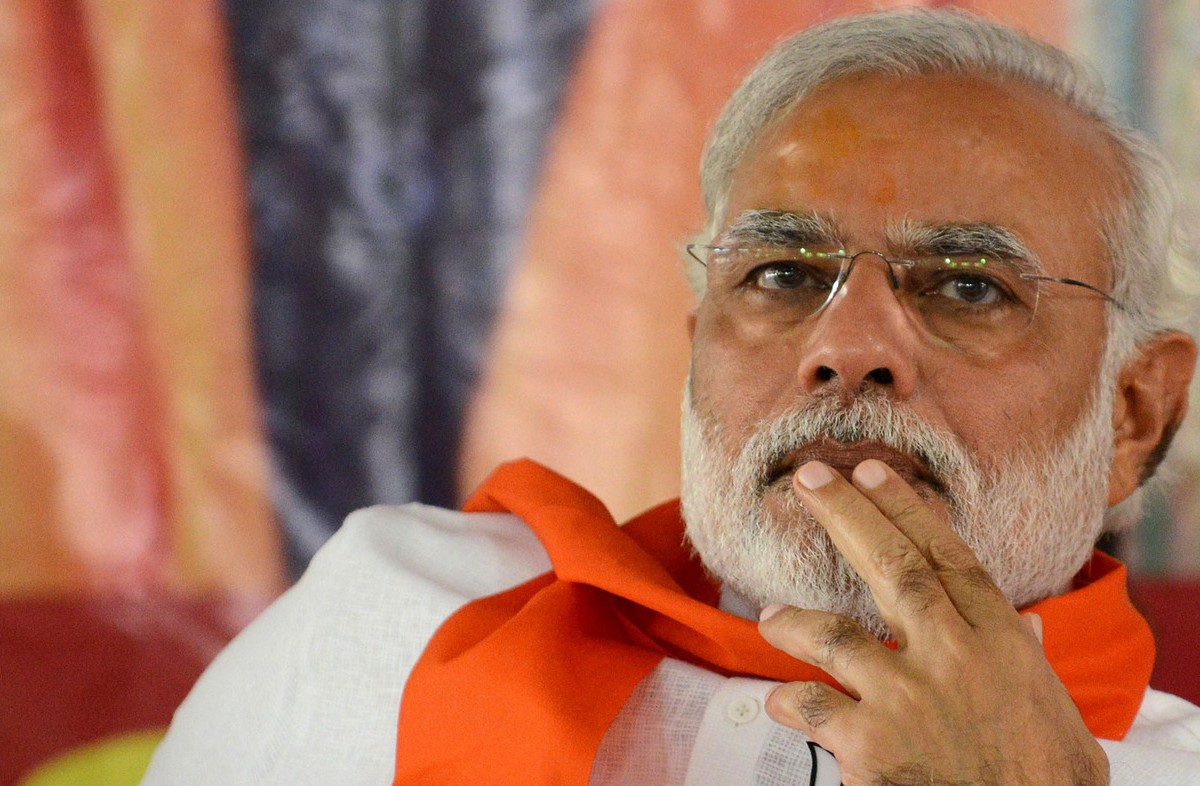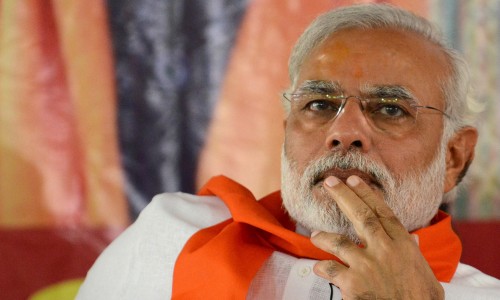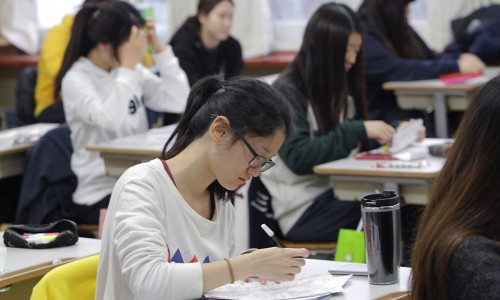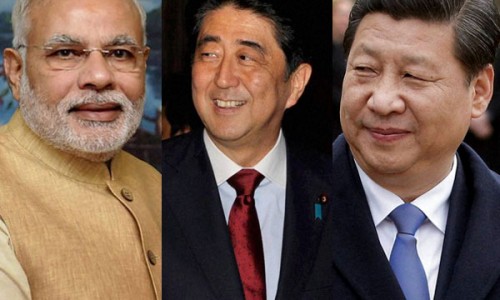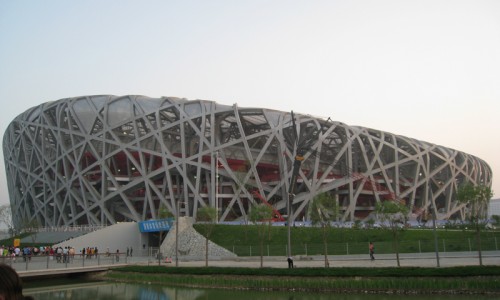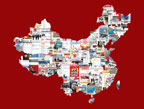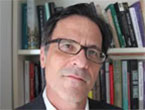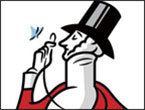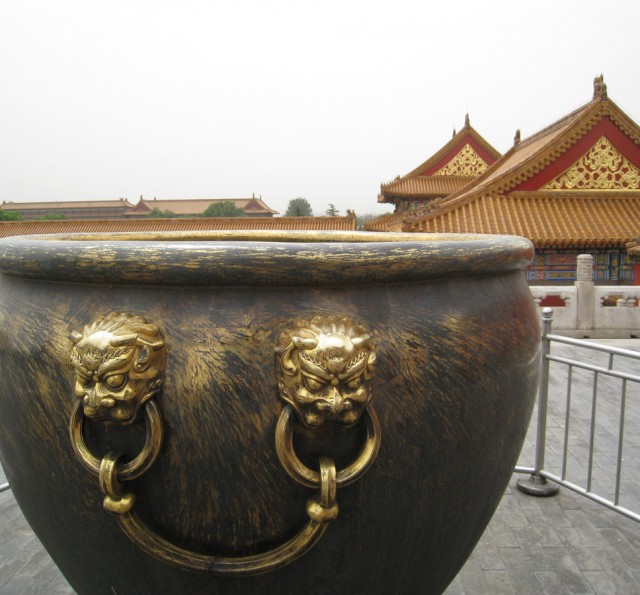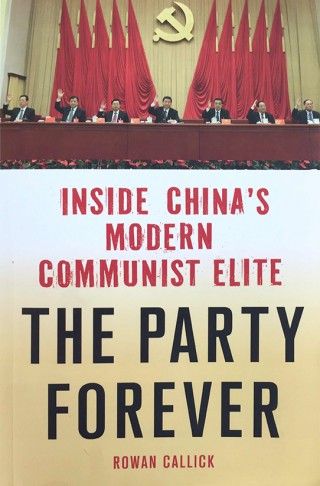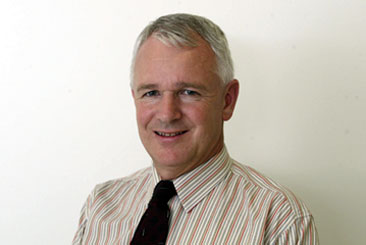Published June 2, 2015
Rowan Callick (Asia-Pacific editor)
As China battles to keep its grip on the steering wheel of Asia, the world’s engine of economic growth, a new power is rising rapidly in the region: India.
India, whose law-based, democratic institutions and pluralistic culture are national elements widely shared in the region, has not yet developed an Asian narrative to rival China’s impressive “silk road” suite.
But as China becomes mired in a deepening web of disagreement in the South China Sea, India is starting to emerge as a second potential Asian champion.
This has been underlined during the past week of extraordinary national self-examination and of celebration.
The week began with India’s 1.25 billion citizens receiving a warm letter, published on the front page of ever newspaper: “Friends, this is just the beginning. Our objective is to transform quality of life, infrastructure and services. Together we shall build the India of your dreams.”
It was signed off, “Always in your service, Narendra Modi.”
For Australia, the dream he conjures, is of a vast country becoming our “new China” with an insatiable hunger for our resources including iron ore and especially coal, and for our skills and capital.
The charismatic prime minister has been celebrating over the last few days, his first anniversary in office, widely dubbed India’s “Modiversary.”
Modi has begun to embody the vast nation’s hopes maybe even more than do his all-conquering Asian counterparts, Japan’s Shinzo Abe and China’s Xi Jinping – whose “Chinese dream” has tellingly become his own signature phrase.
Modi is affectionately being dubbed NaMo by India’s fast-expanding mass media – even though he has failed to give a single press conference at home since being elected, preferring to communicate directly through social media and through cleverly staged telegenic events, especially during his international visits.
Few had expected that he would be such an avid traveller, visiting 18 countries including all India’s neighbours and all the world’s major economies.
In most, he has been feted by members of India’s 25 million strong diaspora, as the first national leader to honour them – with his Bharatiya Janata Party (BJP) opening a special office dedicated to “non resident Indians.” Importantly, many retain their right to vote.
He has been portrayed in such visits not as a humble novice but as a proud equal of all he has encountered. He has taken with him around Asia, experts on yoga, underlining India’s “soft power” as the heartland of Buddhism – despite his party’s founding core as an agent of Hindu zeal – and of an enduring pan-Asian culture.
His visit to Australia, including a confident speech to parliament, was the first by an Indian prime minister in 30 years. It made a strong impact, magnified through the presence of Indians who have become the biggest group of skilled migrants, overtaking Chinese in the last two years, with Australia heading towards a million people of Indian background.
To entrench his new position on the global top table, it is essential that Modi ramps up the Indian economy so that it does not only hit the high spots – double-digit economic growth – occasionally, but sustainably.
Already, India has overhauled China as the fastest growing large economy in the world, heading for 7.5 per cent for 2015.
Modi inherited power – or seized it – from a Congress Party that had already moved in this direction, but more tentatively.
Now, his government is unequivocally chasing growth on the East Asia model.
He has changed the political conversation, says influential thinker Amitabh Mattoo, Delhi-based chief executive of the Australia India Institute, from one about government support to one about growth and jobs.
The pent-up hunger for personal as well as national progress has “seized the hour” to the extent that other narratives lack oxygen.
The aspirational Indian of all castes and religions is now pinning her or his hopes on Modi.
Australia and India are careering rapidly towards a free trade agreement by the end of 2015, pledged by the two prime ministers but appearing at first beyond reach.
Modi has kept his government extraordinarily busy issuing ambitious targets, always accompanied by deadlines. He has already begun hauling in his ministers and top bureaucrats to review progress.
Among them, is to “upskill” 500 million people by 2022 – because up to 65 per cent of the population works in agriculture, which contributes just 16 per cent of GDP.
As in the process now tailing away in China, hundreds of millions need to – and increasingly want to – come off the land to find more productive employment in India’s teeming cities.
Australia’s TAFE sector and its universities are being sought to play a key role in this transition.
India needs to attract more investment, and to upgrade its infrastructure to do so, ambitiously seeking to create 100 new “smart cities” of 1 million or so.
Australia’s financial institutions – all the major banks are already there – and infrastructure and logistics consultants and companies can play key roles.
Amitabh Kant is one of the new technocratic leaders who are seeking to realise Modi’s and India’s dreams in a hurry, battling the demographic demons that are seeing China’s population overtaken in the next few years – with 72 per cent of Indians now under 32. If they emerge as young adults without skills or jobs, they become a large looming threat.
Kant is the Secretary of the Department for Industrial Policy and Promotion, one of the new top bureaucrats with whom Modi works directly, and on whom he depends as much as on his variably competent ministerial team.
The Economist’s front cover headlines “India’s one-man band”, showing Modi playing a sitar but burdened with drums, tubas, and a kitchen sink.
His supporters say that while he appears to be in effect his own Foreign Minister and Finance Minister – personally playing the leading role in drafting his two budgets – he is a good listener to those he respects.
And he clearly respects Kant.
Kant told The Australian that his own KPIs include to drive manufacturing – which powered east Asia’s own rise – from 16 per cent of GDP to 25 per cent, helping absorb those marching off the land, where “agriculture needs a second green revolution,” another area where Australia has a role to play.
This industrialisation program is dubbed by Modi “Make In India,” with 25 promising sectors identified.
Already, the first car both designed and manufactured totally in India is coming off the production line – the Kwid, made by Renault-Nissan in Chennai.
India is already famous for its hi-tech skills, and it is rolling out a new nationwide process of providing biologically certified registration of its poorest 850 million people.
This, allied with the access of even India’s poor to smartphones – 950 million mobiles are already in circulation – will enable the government to target welfare directly to individuals rather than as at present through inefficient and economically disruptive subsidy schemes.
E-commerce will help drive new jobs, Kant said, leapfrogging earlier technologies – though also, more challengingly, 21st century industrialisation will employ fewer people, as robotics keeps advancing.
Already, Kant said, foreign direct investment has climbed 56 per cent this year, with new sectors being opened up to international corporations including railways, defence, construction and insurance.
He said: “We need to negotiate a trade deal with Australia,” and stressed the need for coal imports, without which “India will not grow at the record rate it requires, for the three decades it needs.”
Australia’s resource inputs are crucial, he said. And India’s own mining sector is being opened up – “from which Australian players will get huge benefit.”
Kant said: “We want world class mining. This is just one element among the many synergies between India and Australia.”
The gap between ambition and performance remains necessarily wide after just one year of a five-year administration.
But Trade and Investment Minister Andrew Robb has become a believer, investing sufficient faith in positive outcomes to be planning his fourth visit to India in seven months, later in June, to help keep the FTA on its fast track, despite India’s stretched negotiation resources.
A poll for the Times of India, with 35 million daily readers, gave Modi’s government a 66 per cent approval rating. Its own editors went a step further, awarding it 77.5 per cent in their own assessment – headlined “Modi govt gets Distinction in its first year.”
The editors’ highest figure was 9 per cent for “restoring leadership, governance and work culture,” and also for “burnishing India’s image globally.”
To become eligible for such acclaim, Modi has had to clear the decks. The editors also awarded him 9 per cent for “curbing corruption, cronyism and black money.”
He said in a speech celebrating his anniversary: “Hundreds of power circles in Delhi have been demolished.”
The lobbyists and brokers for patronage and promotion who have for decades swarmed around and within Delhi’s rabbit-warren-like public service ministries, have never had it so bad, his supporters boast.
The political opposition isn’t in great shape either.
Rajeen Gowda, head of research for the Congress party is a member of the Upper House whose powers and turnover of members are similar to Australia’s Senate though without the same capacity to block budget items.
He told The Australian: “The magnitude of the Modi victory caught us by surprise. It was a huge shock.”
But now the party is starting to fight back through the Upper House – where Modi is likely to gain control eventually, but not for a few years.
It is holding up the passage of two key pieces of legislation – a new law on land acquisition intended to free up the development process, especially for infrastructure, and the introduction of a GST to cut out residual trade barriers between states, provide them with more assured income and encourage them to compete.
Modi has pursued these bills “on the wrong foot,” Gowda said, operating in a presidential manner and failing to negotiate or to consider the need for Indians at all levels to grant their consent for disturbing change.
“He successfully sold a developmental dream – encouraging people to believe the glory days are already with us – but somewhere a price has to be paid along the way, and that penny is starting to drop.”
Besides the “dream” rhetoric – “over-promising like crazy,” he said, “Modi’s guys do a tremendous amount of trash-talking and mud-throwing. His Defence Minister recently said we have to fight terrorism with terror. Modi has got the whole country in a tizzy.”
Swapan Dasgusta, a ubiquitous commentator close to the prime minister, naturally views the Modiversary differently, as “a moment for people to reflect about whether we’re on the right road.”
Modi “hasn’t shied away from the difficult issues. But he’s not an ideologue, he’s not a Margaret Thatcher flinging copies of Hayeck at her Cabinet colleagues.
“He has felt his way forward. He believes business has in the past been treated with an unfair degree of distrust.”
But Modi takes pains to stay at a public distance from business leaders, even those such as Gautam Adani – with massive coal investment plans in Queensland – whom he has known well for decades. Both come from Gujarat, where Modi cut his political teeth as an action-man chief minister.
Dasgusta said that “India has a fractious, combative political culture,” but crucially Modi retains an inner calm. He doesn’t have much of a life outside his political career. He lives a semi-monastic life as a devout Hindu.
He has a circle of 200-250 people around the country to whom he turns for advice, and with whom he might talk late into the night, sometimes for six or seven hours, said Dasgusta.
But this is not India’s traditional elite. “He has never got on well with old money.”
Modi is however “generally a good listener,” he said, especially plugged in to India’s vast aspirational class and their dreams.
*Rowan Callick visited India as a guest of the Australian high commission.
